17 Random Historical And Pop Culture Deep-Dive Facts You Might Not Know That Are Honestly Fascinating

- Oops!Something went wrong.Please try again later.
1.The oldest material on Earth is actually older than Earth itself. In 1969, the Murchison meteorite fell near Murchison, Australia, breaking apart into several pieces. Around a 100 kilograms of the meteorite were sent to different scientific institutions around the world to be studied. In January 2020, a study was published that revealed that within the fragments of the meteorite were microscopic grains that were between 4.6 to 4.9 billion years old – with the oldest grain being 7 billion years old. Making them both older than the formation of the sun and the Earth.
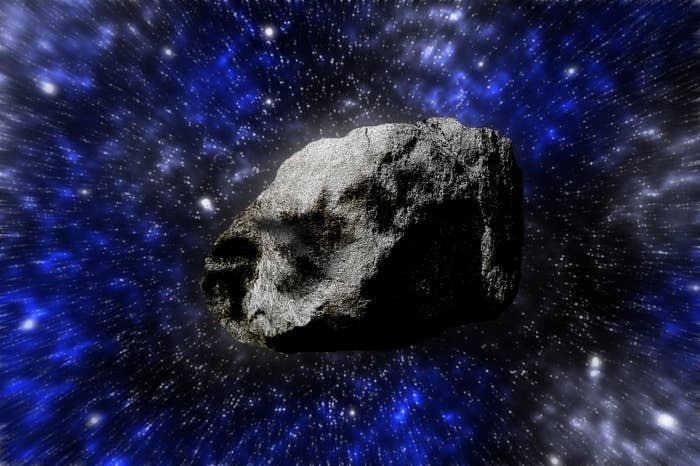
2.The first TV drama, The Queen's Messenger, aired in 1928, the same year Mickey Mouse was introduced to the world. The production was an experiment between GE and a station in Schenectady, New York.
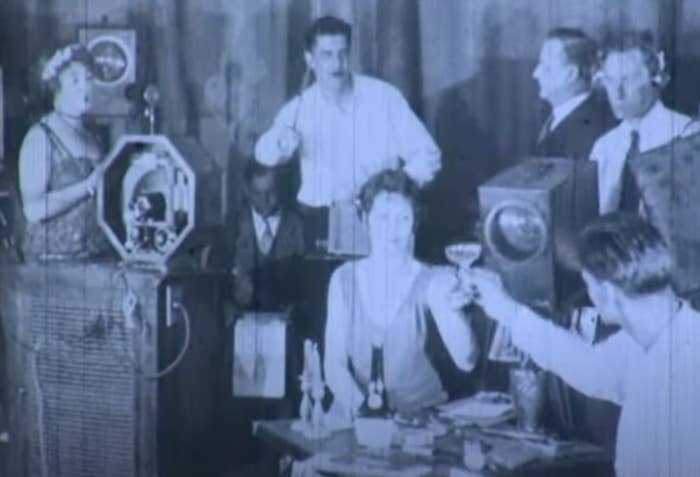
And yes, television sets existed in the 1920s, but they were extremely rare and had very tiny screens.
3.The first gay kiss in a film was in 1927's Wings. The movie is about two World War I combat pilots and close friends fighting for the same woman's affection. But many have pointed out over the decades that the film has a subtle gay subtext about the two being more than just friends.
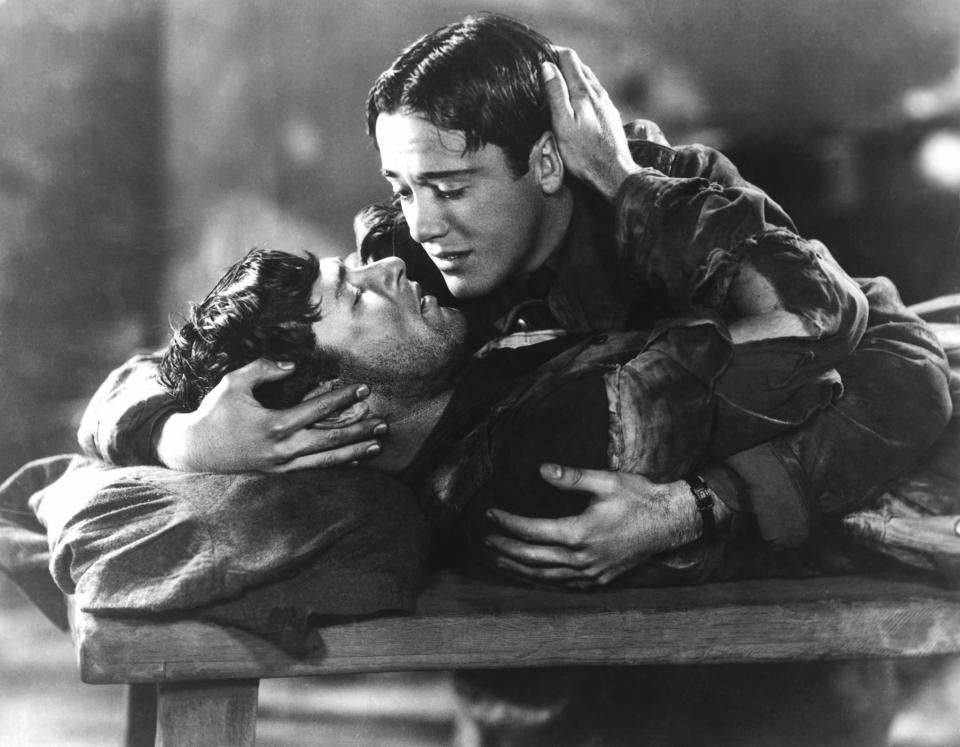
Wings is also noted as the first film to win the Oscar for Best Picture.
4.There were still Civil War veterans alive during Franklin D. Roosevelt's administration. In fact, in 1938, Roosevelt met with them at a ceremony commemorating the 75th anniversary of the Battle of Gettysburg, at which he gave a speech to dedicate the Eternal Light Peace Memorial. The ceremony was also captured on film and shown on newsreels in movie theaters.
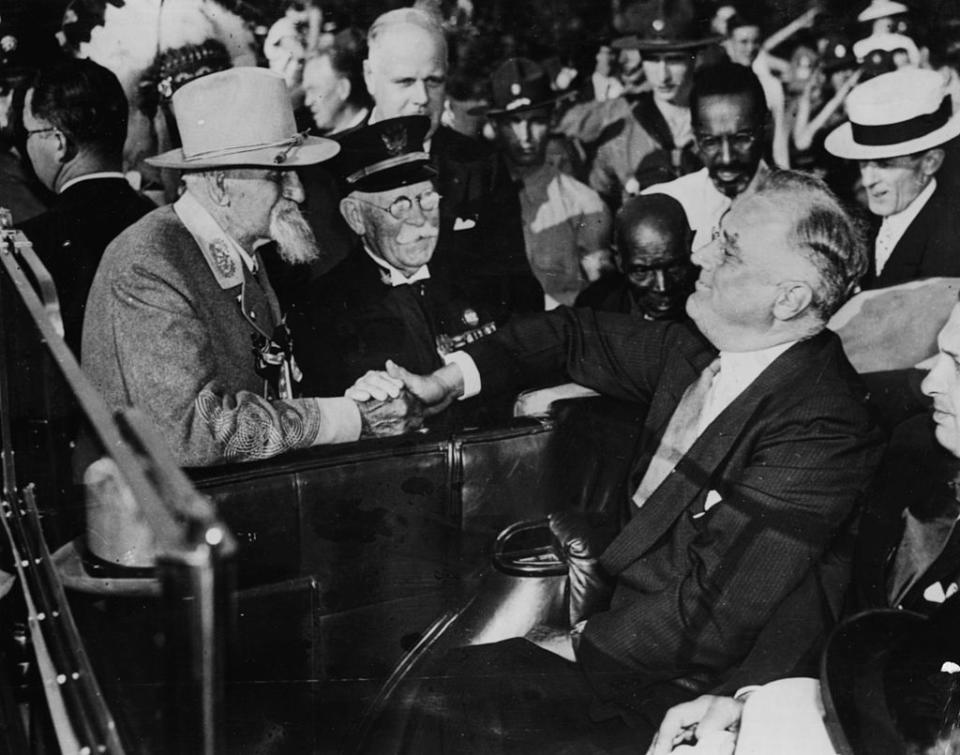
5.The last person to collect a monthly pension from the Civil War died in 2020. Her name was Irene Triplett, and she was the daughter of Mose Triplett, a soldier who fought for the Confederacy but later switched sides and fought for the Union. Mose was 83 years old when Irene was born in 1930, and after his death, she became his beneficiary. In case you were wondering, she collected $73.13 monthly from the Department of Veterans Affairs.
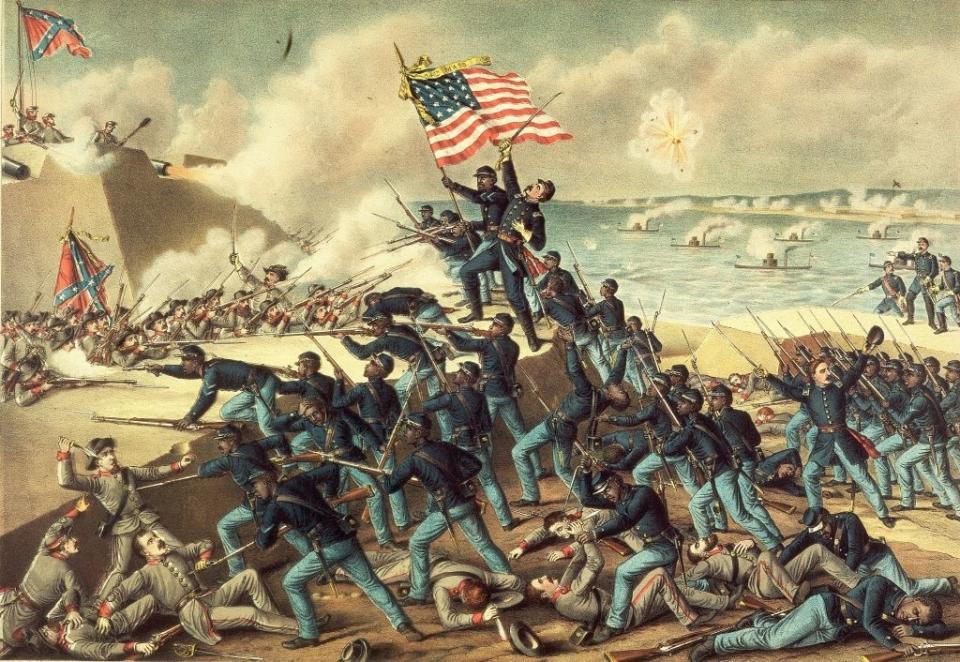
Also, Mose attended the 75th Anniversary of the Battle of Gettysburg reunion that Roosevelt spoke at.
6.Before the 1980s, the Roswell UFO crash was basically an unknown event. While it was huge news in 1947, when it happened, it quickly got forgotten after the United States Air Force issued an almost immediate retraction that they had not recovered a crashed UFO in Roswell, New Mexico, and that it had been debris from a downed weather balloon. In the early '80s, the National Enquirer and the book The Roswell Incident reintroduced the event and interest in it.
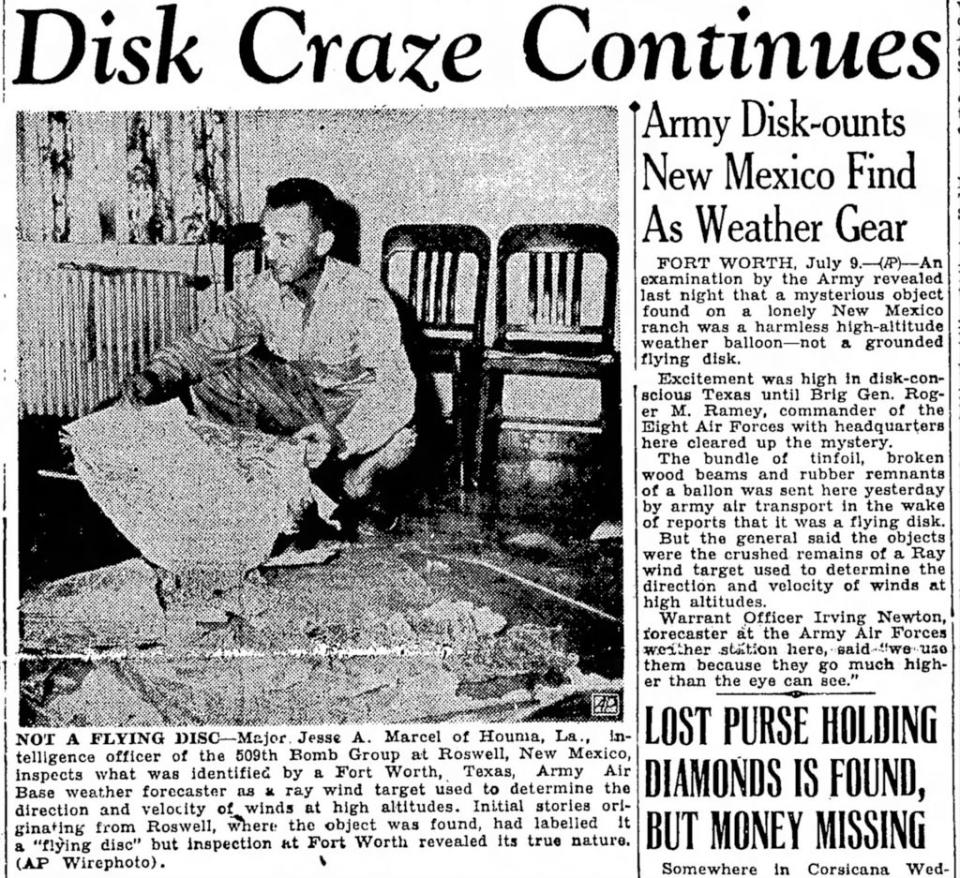
In 1980, the National Enquirer published an interview with someone who had allegedly picked up the debris from the crash. The Roswell Incident, which was also published in 1980, further delved into the story, claiming they interviewed witnesses to the event and how the government worked at covering it up.
7.Sitcoms are a lot older than you might think. The very first sitcom that aired in the US started in 1947 and was called Mary Kay and Johnny.
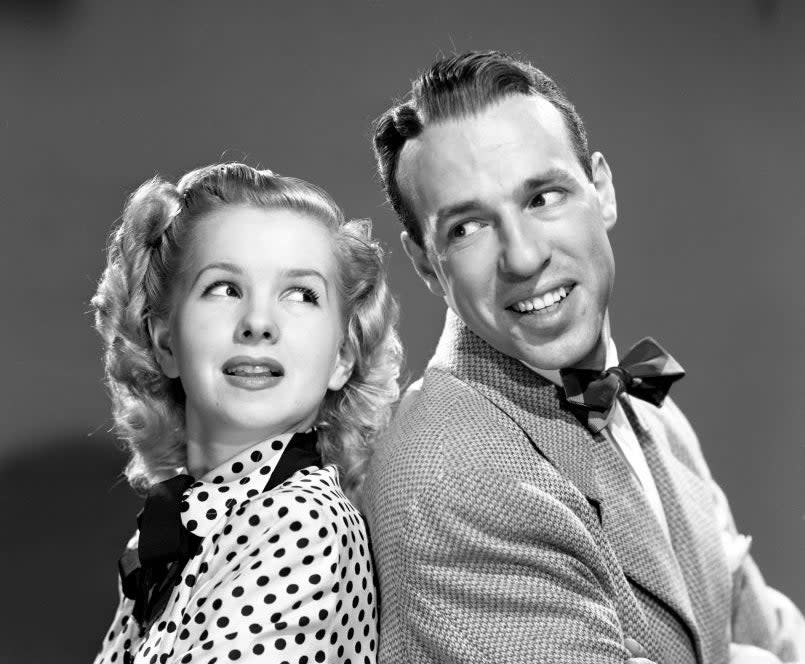
Mary Kay and Johnny, which ran from 1947–50, centered on a NYC couple and was also the first TV series to show a couple sharing a bed and a character being pregnant.
8.Color television existed in the '50s — the technology for it had been in development since the '40s. But, few people owned color TV sets because they were very pricey. A color television set cost about $1,000 in 1954, which is over $11,600 today if adjusted for inflation.
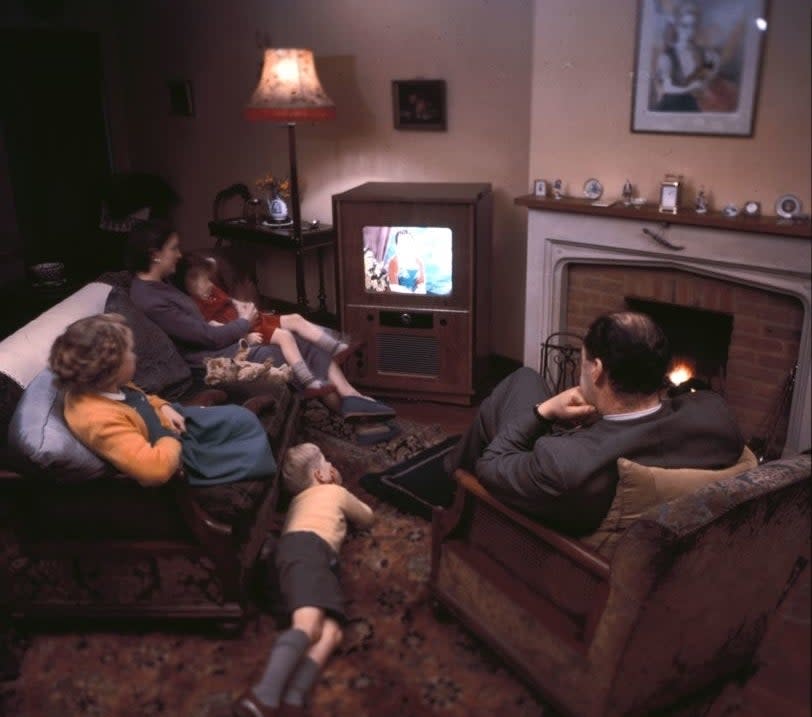
Additionally, there weren't many color TV shows or specials broadcast since they were very expensive to produce.
9.In 1960, Psycho changed how people watched movies in theaters — and it's how we watch them today. Before 1960, it was common for people to buy a ticket and drop into a theater at any point during a movie. Movies played on loops repeatedly, so if you only caught the last half-hour of a movie, you would just stay in your seat and wait for it to play again so you could watch what you missed. Directors and studios hated that, but it's how people were used to going to the movies. However, that posed a problem for Psycho.
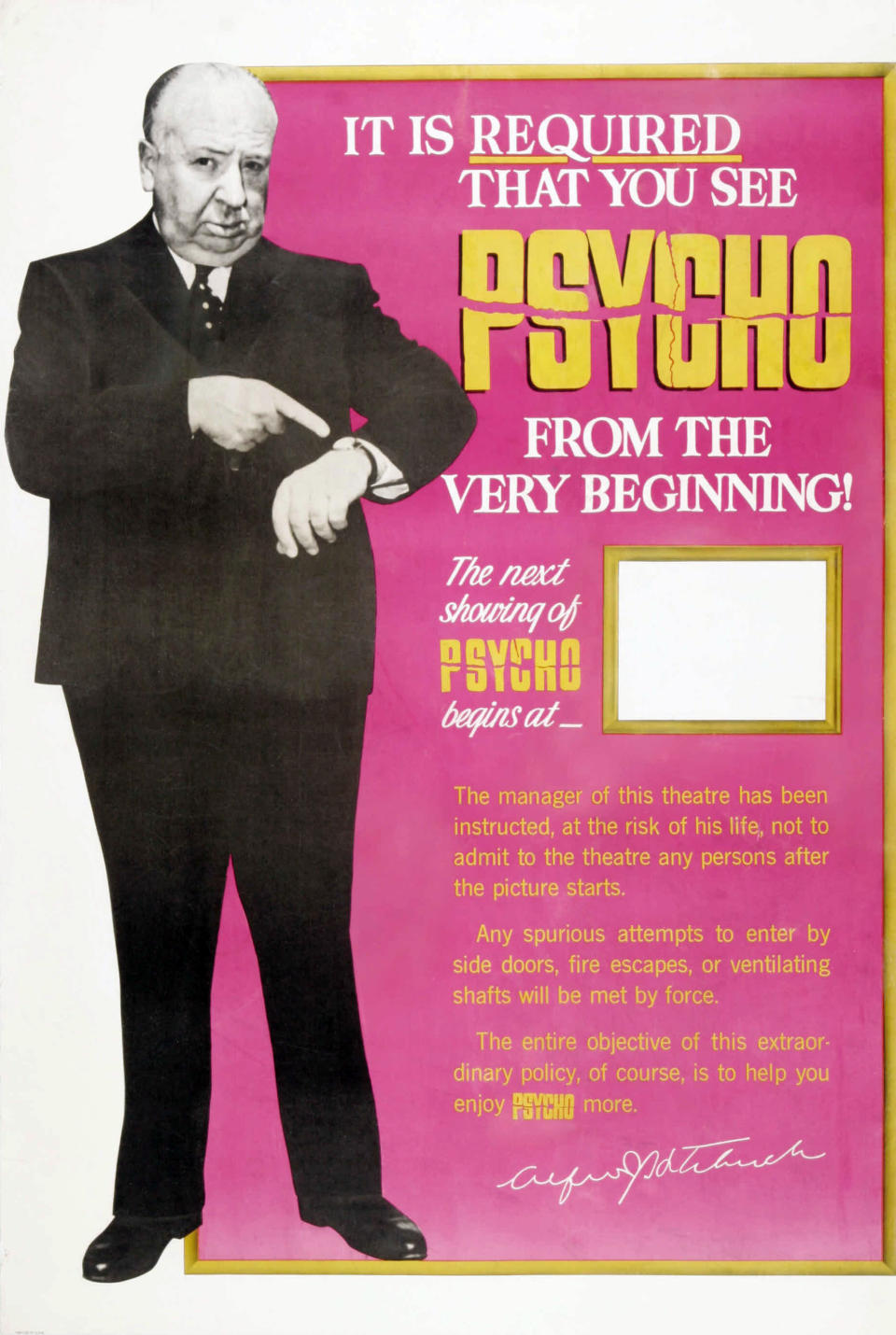
******Spoilers ahead for a 60-plus-year-old movie*******
One of the big twists in Psycho is that Janet Leigh's character, Marion Crane, is murdered in the shower halfway through the film. Janet was the movie's most famous star, so having her killed would shock and confuse the audience and make them not know what to expect next.
Hitchcock had gone to great lengths to keep the plot a complete secret, so he wanted people not to have the film spoiled by coming in after that shower scene. Jerry Pickman, who was the vice president for advertising and publicity at Paramount, came up with an ingenious way to both market the film and ensure people watched the movie from the beginning. He created an ad campaign (like the poster seen above) that featured Hitchcock telling people that they not only had to watch Psycho from the beginning but also that theaters would refuse to let anyone in after the movie had started.
The campaign worked. People arrived to theaters on time and watched the movie from start to finish. After that, theaters started setting start times for movies, and audiences were now conditioned after Psycho to get there before the movie started.
10.Walt Disney hated how Alice in Wonderland turned out and refused to re-release the movie during his lifetime. However, in 1971, five years after Walt's death, the movie became a head film, and it had a huge cult following among college students, who would rent the 16-mm film and set up viewing parties. The movie's renewed popularity convinced Disney to re-release the film in 1974, where they really leaned into the psychedelic side of it (as you can see in the re-release poster below) and even used Jefferson Airplane's "White Rabbit" in the radio ads for it.
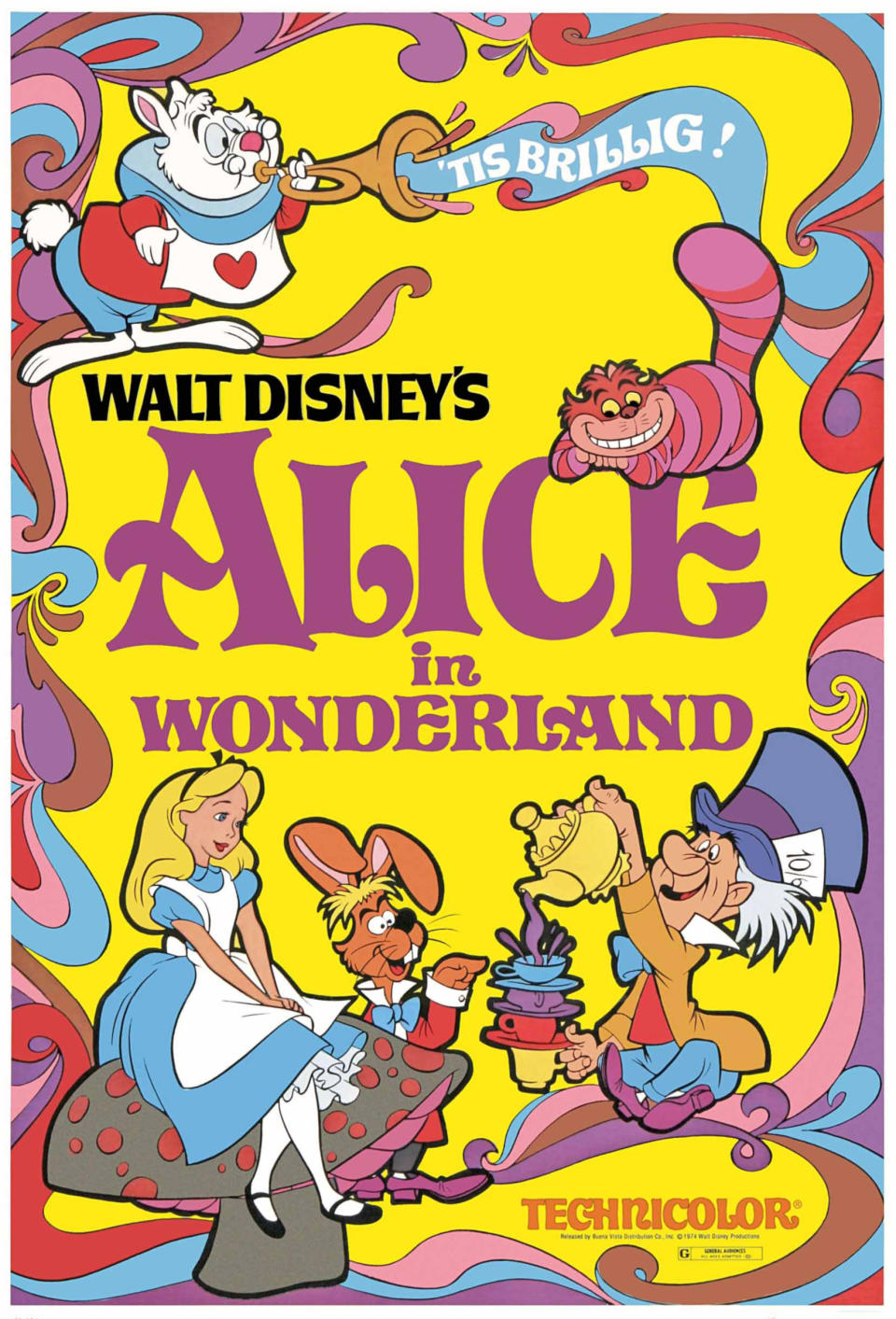
11.George Atkinson opened the first video rental store in the world in LA in 1977. The idea came to him after he saw an ad for a company that was selling 20th Century Fox movies on VHS and Betamax at $50 each. George, who was running a business renting out Super 8 movies and projectors for parties, realized people would pay to rent videos. He proceeded to buy one copy on both VHS and Betamax of all 50 titles available and began taking ads out for his new rental business. Within a year, he had turned his rental business into a franchise called Video Station.
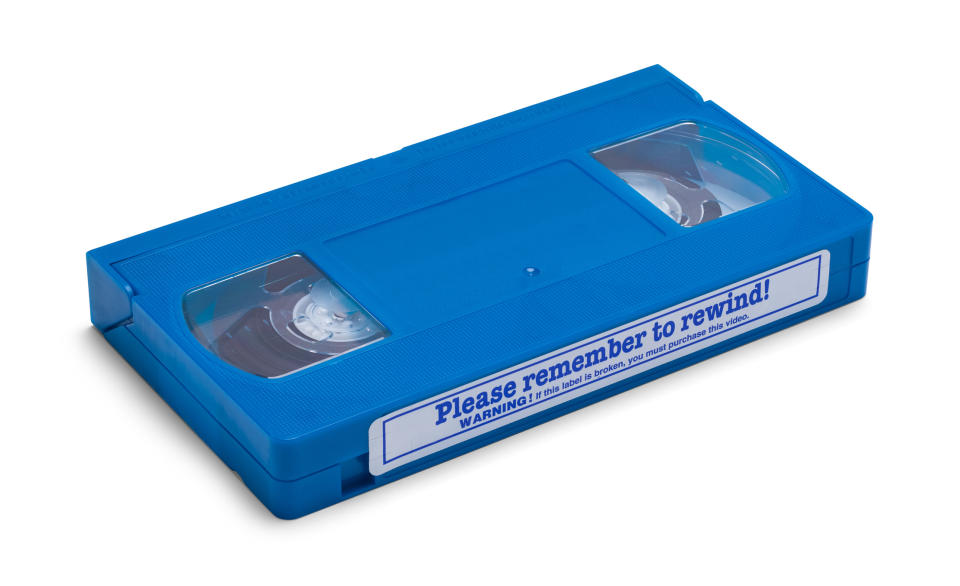
At first, film studios threatened to sue him, but George realized he hadn't broken any copyright laws by renting out films he owned. The studios would actually end up winning too, because the home rental market would become a big source of revenue for them in the upcoming decades.
12.While The Little Mermaid is credited with saving Disney Animation, it's rarely mentioned how it also opened up Disney to a huge new revenue stream throughout the '90s and '00s. In 1990, the film was the first Disney movie to be released on home video following its theatrical run, which was considered a gamble for the company. Needless to say, the gamble paid off, as The Little Mermaid went on to become a huge seller on home video.
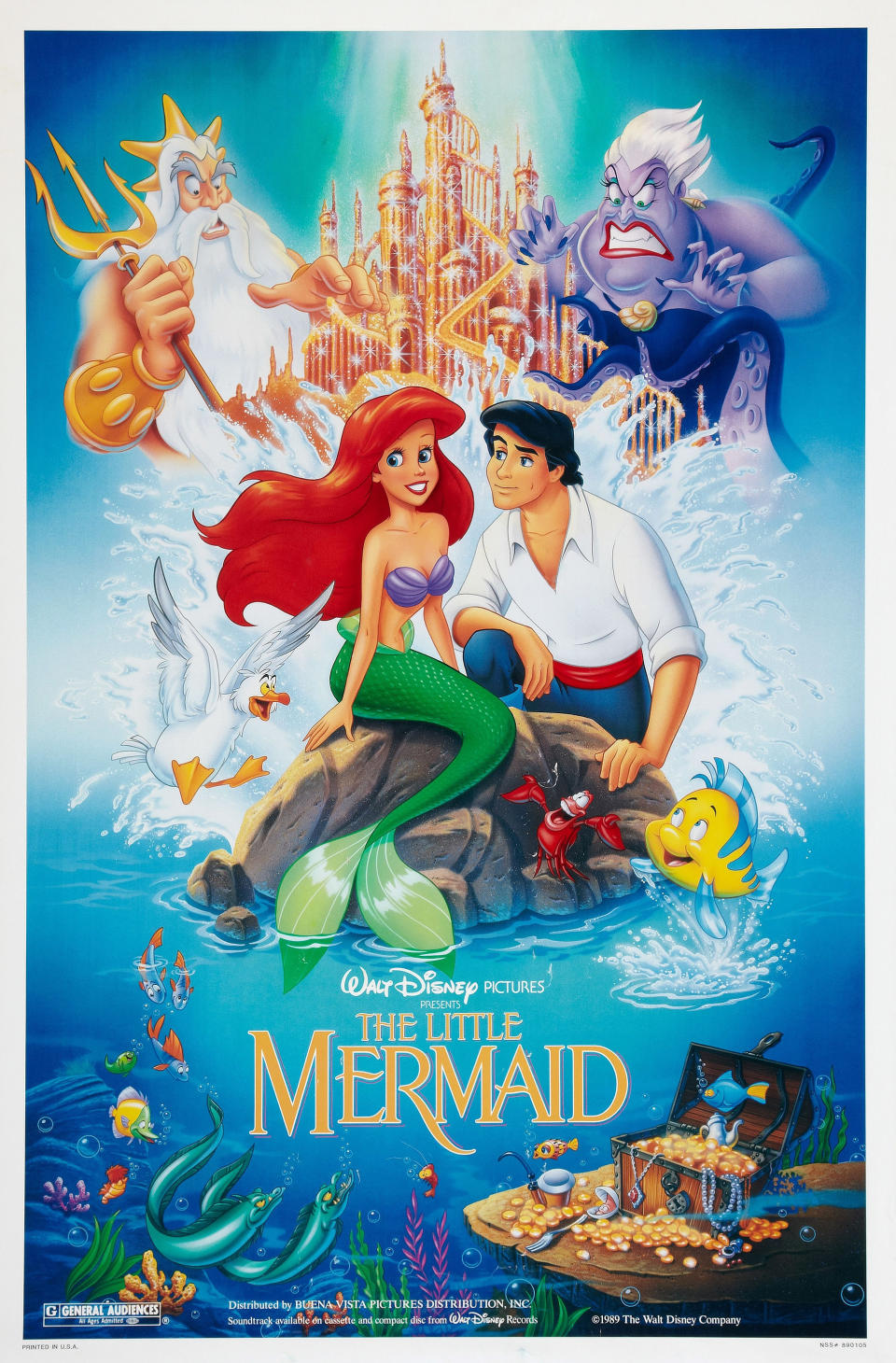
Disney executives did not want it released on home video because it would disrupt the well established theatrical re-release model. However, its success led Disney to shift to the home video model in the 1990s, releasing not only its new movies but also its "vault" movies and, eventually, direct-to-video sequels.
13.From 1977 until her death in 1994, Jackie Kennedy Onassis was a very successful and well-respected book editor at Doubleday. In 1983, executives at Doubleday came up with the idea of having Michael Jackson write his autobiography, and they asked Jackie to help get him to agree to sign and spearhead it. A mega-famous pop star's memoir would not be the type of book Jackie would ever want to be involved with, but she understood that Doubleday having a huge commercial book would help get her passion projects published. By all accounts, she would go on to regret ever agreeing to get involved.
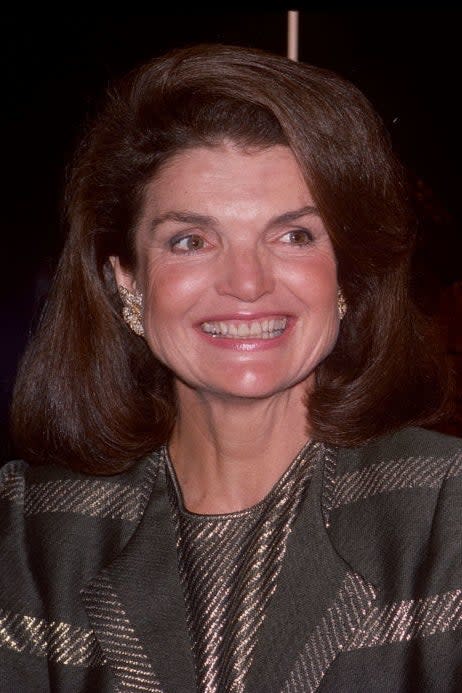
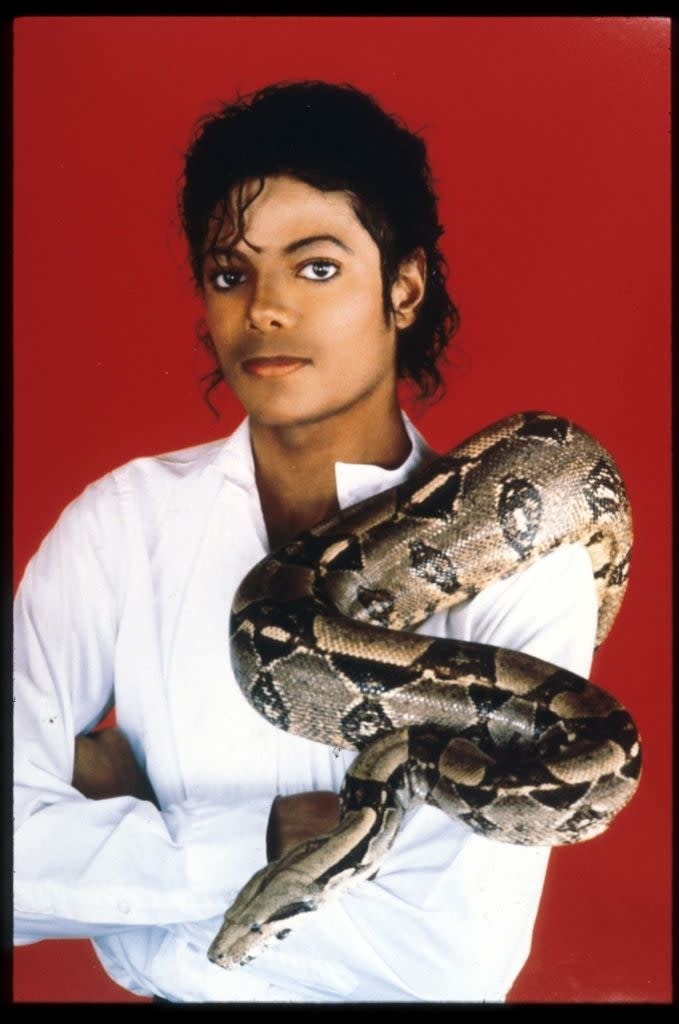
Sonia Moskowitz / Getty Images, Getty Images
After an initial meeting with Michael at the Jackson family home in Encino, California, Jackie was able to secure the book deal. Michael got a $300K advance, total control over the book, and a forward written by Jackie (which was something she initially refused to do but went on to agree to).
According to Shaye Areheart, who was Jackie's editorial assistant at the time, dealing with Michael was "a huge nightmare," and he seemed uninterested in actually working on the book, which caused it to be delayed.
Michael also began calling Jackie at her home in Martha's Vineyard to have long phone conversations with her to complain about the difficulties of being famous. Jackie, who was notoriously private, refused to engage with him on that topic. She went on to tell her friend Edward Kasinec that "Michael Jackson is driving me mad with his phone calls."
Eventually, Michael submitted his first manuscript, which he worked on with his first ghostwriter. The manuscript was much shorter than they anticipated and featured nothing revealing about himself other than "fluff." Jackie rejected the manuscript and called Michael and told him he needed to open up and be sincere because if it was just a book about how great and successful he was, then "we'd all be made fools of." Michael agreed and got a new ghostwriter.
Unhappy with his second manuscript, he began editing parts of it with Jackie's assistant, Shaye, who flew around the world to finish it. Eventually, they were able to finish the second manuscript and get it ready to be published. But Michael then decided he didn't want to publish the book. However, they were able to convince him to do so, and in 1988, his autobiography Moonwalker was published and went on to be No. 1 on the New York Times Best Sellers list and sell out all 500,000 copies printed.
Even though it was hugely successful, Michael, who had full control, refused to allow Doubleday to print more copies or a paperback version.
Ultimately, it was seen as a huge success for Jackie, too. However, while working on the autobiography, she left a message on J. C. Suarès' (the book's designer) answering machine, asking herself why the hell she had ever got involved with the book.
14.Hermès Birkin bags are arguably the most famous bags in the world and are notorious for their hefty price tags and scarcity. However, when the bags were first released in 1984, they weren't very popular, and a bag cost around $2,000 (which is $6,000 today when adjusted for inflation).
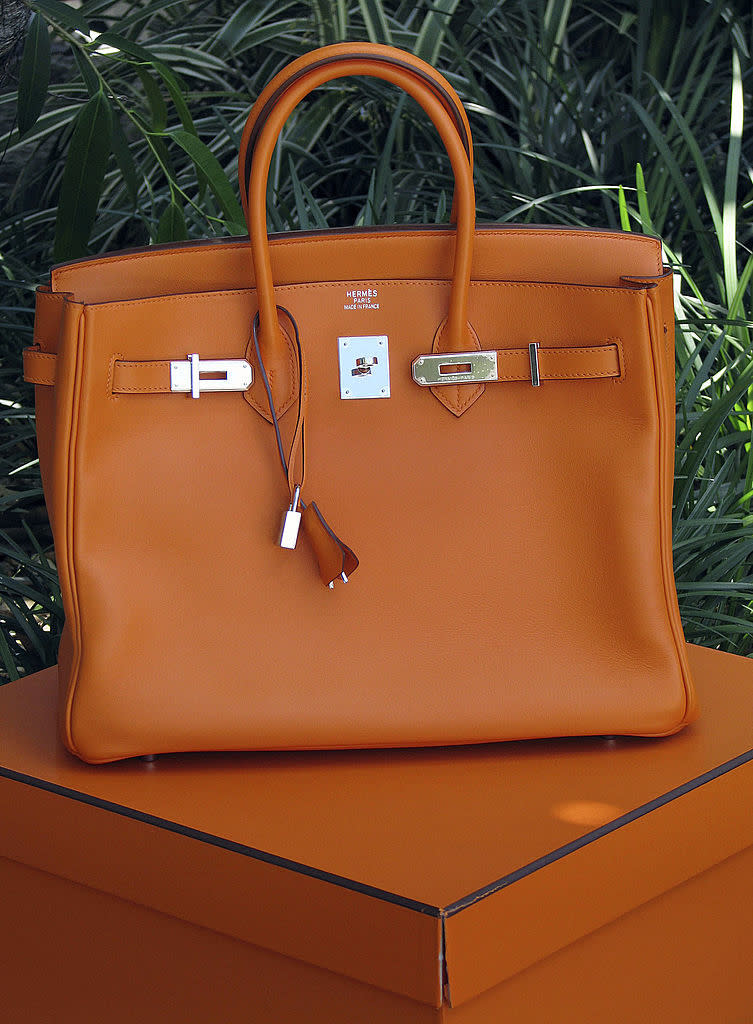
The bags would begin gaining popularity in the mid to late '90s.
15.In 2001, Sex and the City really popularized Birkins in the iconic episode where Samantha tries to buy one. Later, in the show's fifth season, Carrie is seen carrying a Birkin (which was used to hide Sarah Jessica Parker's pregnancy while filming); however, Sarah Jessica revealed in an interview with Vogue in 2022 that the bag was actually a fake.
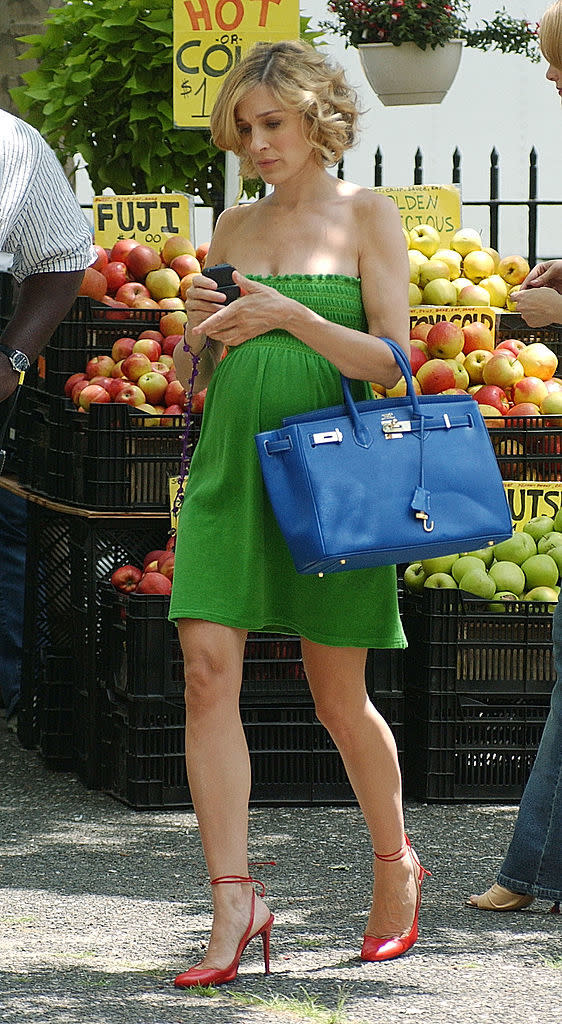
According to Sarah Jessica, the show's iconic stylist, Patricia Field, told her she knew a guy and could get her a fake one if she wanted. To which Sarah Jessica replied, "No, I don’t really, not… I don’t need one."
16.It wasn't just Netflix; there were various reasons why Blockbuster ended up going out of business. One reason was the popularity of DVDs. Until the introduction of DVDs, studios relied on the movie rental market as their primary way of making money from the home entertainment market — with Blockbuster accounting for nearly 50% of that revenue for them. To make it lucrative for both sides, the studios would give an exclusive window to video rental chains for new movie releases before they would put them on sale to the general public.
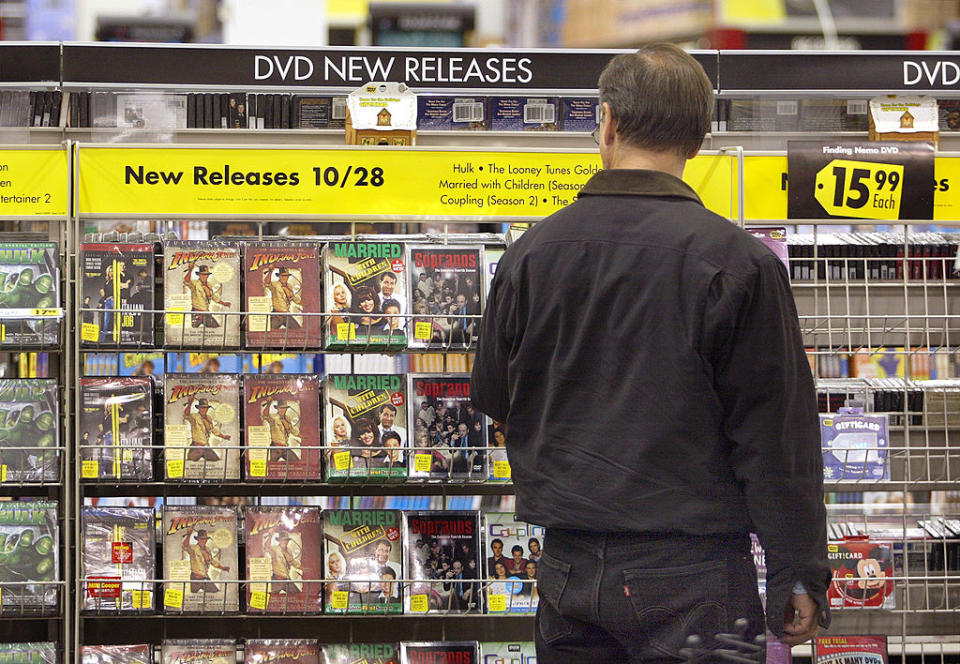
So, if you wanted to watch a new movie at home, you more than likely would only be able to rent it. However, this changed when DVDs were released.
In 1998, Warren Lieberfarb, then-head of Warner Bros.'s home video division and an early proponent of DVD technology, approached then-Blockbuster CEO John Antioco about creating the same exclusive rental window for DVDs. Well, Antioco turned down that offer.
Lieberfarb, left with no choice, decided that DVDs should be released directly to customers. DVDs were also inexpensive to produce, so they could be sold cheaply.
By 2002, DVD players had become, at the time, the fastest-adopted consumer electronics device ever, with around 80 million players sold. Also, retailers like Walmart, Target, Best Buy, and Costco, seeing the popularity of DVDs, expanded the footprints of the home entertainment department in their stores, becoming Blockbuster's biggest competitors. In fact, Walmart actually replaced Blockbuster as the studios' largest revenue source for the home entertainment market.
With the price of DVDs so low and stores carrying wide selections of both new and older movies, people began to buy movies a lot more — going from an average of about 5 VHS a year to buying around 15 DVDs a year— and renting less. If you were around at the time, you probably remember people building big movie collections. The studios benefited hugely from this, as they were making bigger profits from sales.
As early as 2002, Blockbuster was seeing the effects of the shift in consumers, and it began to experience declining profits.
17.And lastly, yes, Blockbuster had a chance to buy Netflix and turned it down. However, it wasn't that the video rental chain was looking to purchase it. At the time, Netflix was in financial trouble and hoping that Blockbuster would buy them out.
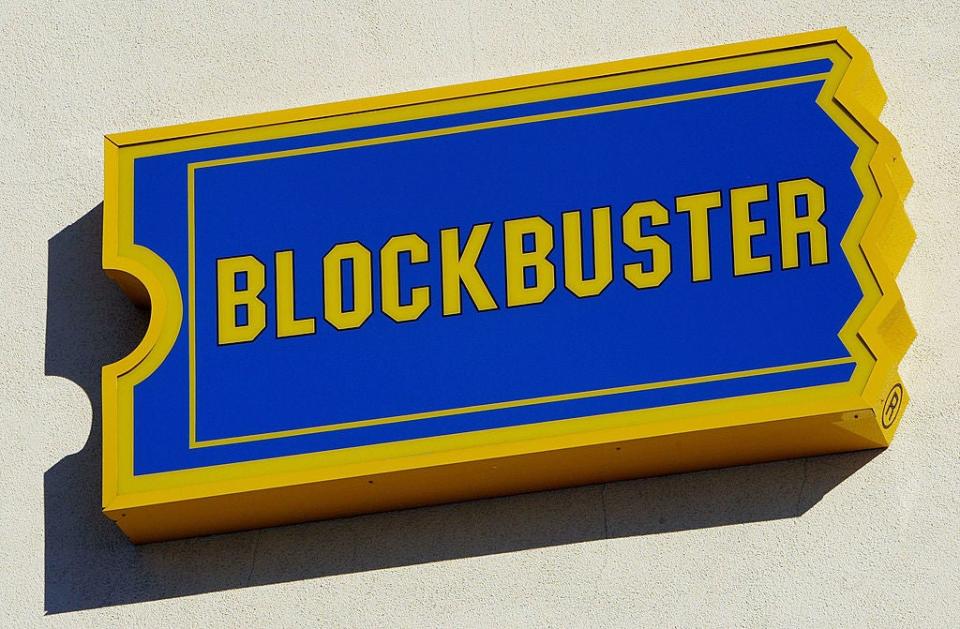
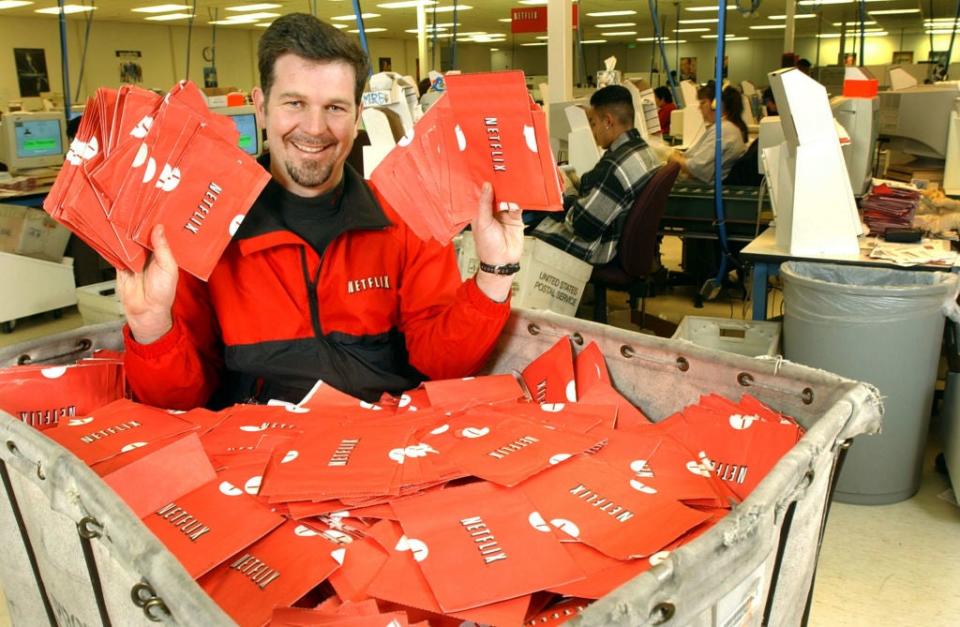
Justin Sullivan / Getty Images
In Netflix's co-founder Marc Randolph's book, That Will Never Work, he says that the company had for months tried to get a meeting with Blockbuster in the hopes that they would buy them because they weren't profitable. They eventually got a very last-minute meeting with them in September of 2000, and Netflix laid out how they could be an asset to Blockbuster (running their online DVD rental market, while Blockbuster continued to expand the brick-and-mortar market).
Randolph went on to say that when they told them it would cost $50 million to buy Netflix, the then-Blockbuster CEO, John Antioco, was "struggling not to laugh," and did not take them seriously (not even making a counteroffer). While this all seems like a completely dumb decision today, it actually made sense at the time, the dot-com crash had just happened and internet companies were thought of as risky investments.

